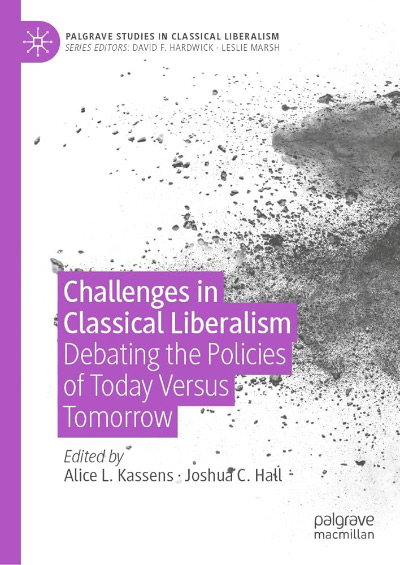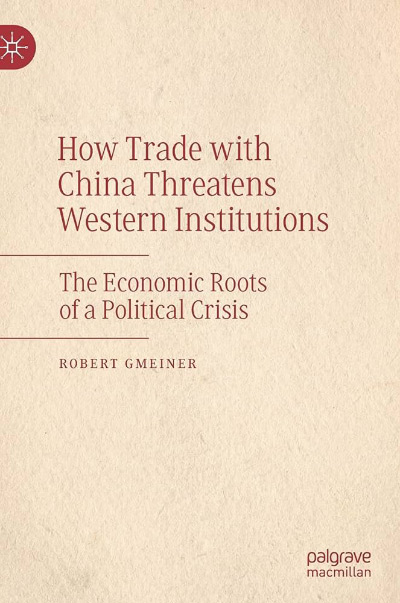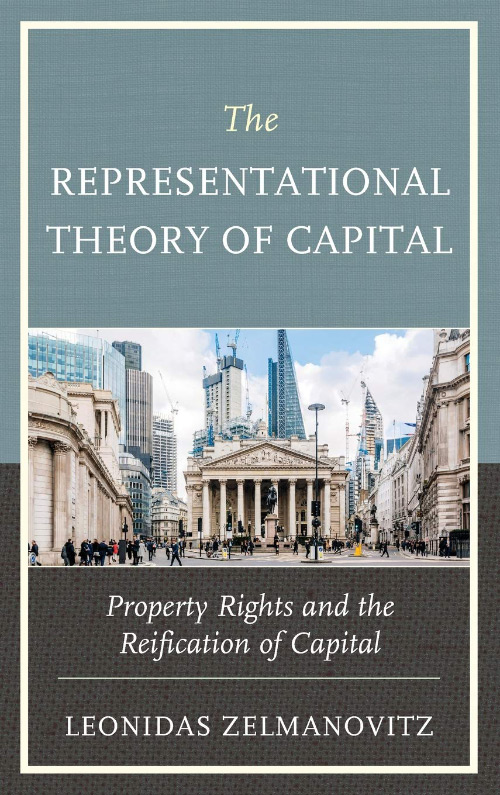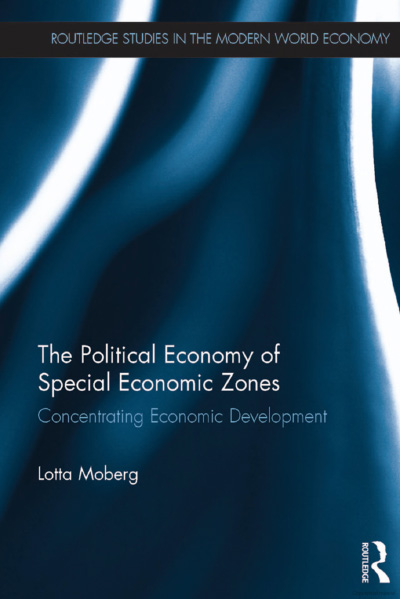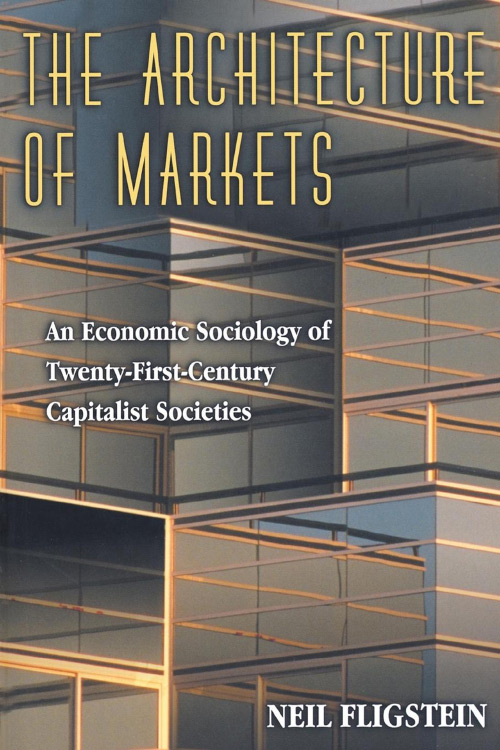This is an insightful and fair-minded book for those with an interest in the consequences, both intended and unintended, of regulating free markets. As the editors Alice L. Kassen and Joshua C. Hall note in the introduction, free-market-oriented economists and classical liberals typically present a sunny vision of open and dynamic societies, but rarely focus on how some may have worse outcomes.
This book underscores this point with a wide-ranging set of essays that cover land use, education, trade openness, labor markets, health care, technology, and recreational drugs and alcohol. Two authors under each theme have differing perspectives on the tradeoffs between a more open, dynamic society vs. favoring the status quo or slow policy changes. The editors have smartly avoided a “pro-con” approach that divides conversations rather than seeking common ground. The idea is to bring thoughtful scholars together and be able to relish new insights as well as identify potential blind spots on both sides. This is a refreshing perspective.
The book covers a wide breadth of fascinating topics, which unfortunately I cannot give full justice to in this book review due to space limitations. Instead, I focus on two sections—Land Use and Health Care (Parts I and V)—that give an indication of the richness of the material contained in this volume rather than skipping lightly across each of the fourteen highly worthwhile essays.
Brian Asquith and Margaret Bock’s article, “The Case for Dynamic Cities” in Part I quotes an old adage, “If we want everything to stay as it is, everything has to change” (p. 21). In other words, cities must be open to policies that adapt to massive changes in society. For example, the internet has allowed many people to work from home and migrate to rural areas, yet an aging and retired population wants to be close to the amenities of a city center, such as medical care. Both trends are shrinking cities’ tax bases. The authors advocate for a return to city annexations and mergers to sustain a city’s tax base, such that infrastructure may be properly maintained, and middle-income housing supported. The authors point out that Minneapolis’ recent bans on single-family zoning could provide a path forward, though this is a hard fight to win. In the second essay in Part I, Jenny Schuetz begins “What’s Wrong with American Land Use: Market Failures, Bad Policies or Politics?” with a spicy example: a California producer of hot sauces irritated nearby residents with the smell of roasting chiles. She insightfully notes that land use “almost always involves externalities” (p. 35), but that local housing regulations have exacerbated segregation and limited economic mobility for low-income households. In that vein, Bethany Hamilton (Inclusionary Zoning and Housing Market Outcomes, Cityscape 23 [1]: 161–194) shows another example of unintended consequences, finding that when cities force developers to build below-market rate housing to help low-income families, known as inclusionary zoning, that prices for all other homes rise.
Where both authors agree is that strict land use regulation has serious downsides, including higher housing costs that make it difficult for low- and middle-income workers to live near where they work. Schuetz sees this problem through the prism of political power, and largely white neighborhoods opposing change. Thus, in her words, “zoning reform is a necessary but not sufficient condition for improved housing stability for low-income Americans” (p. 49). For a longer examination of how cities cope with unregulated or lightly regulated zoning, Alain Bertaud’s2018 Order without Design: How Markets Shape Cities, MIT Press, offers many more case studies that are worth exploring.
Part V, Health Care, also captured my attention, as it has been a subject I have grappled with for decades, in terms of how to frame efficient and humane solutions using economic tools. Aaron Yelowitz’s essay, “Should We Trust Consumers or Bureaucrats with Health Insurance Choices?” is notable for making clear in the first paragraph that the market for health care is “different from most other markets that economists think about” (p. 193). Unlike other predictable markets like car and home insurance, there is no standard valuation for what people are willing to pay to save a human life. Yelowitz notes that there is far greater government involvement in health insurance markets than other markets, and indeed there is a patchwork in the US of various companies and government entities (private insurance companies, Medicaid, Medicare, Veterans’ administration), along with people with no insurance simply walking into the emergency room to get mandated (and often substandard) health care. His essay advocates for incremental improvements that give consumers better freedoms. He is skeptical of helpful “nudges” by government to enroll in particular managed care plans, since studies have shown that many of these end up being detrimental to patients, with lower quality of care received. Instead of paternalistic nudges, he favors more tailored consumer information and importantly, the ability to learn from mistakes. One concrete idea is to create more flexibility with open enrollment periods to change to a different plan when a mistake is made. Allowing for the problems of higher administrative costs (and potential moral hazard, not mentioned), he envisions an overall increase in social benefits. On the other hand, Richard Thaler and Cass Sunstein (2008, Nudge: Improving Decisions about Health, Wealth and Happiness, Yale University Press) are more sanguine about the power of creating an architecture of choices that nudge people in a socially optimal direction. In the case of organ donation, community support groups and driver’s licenses that stipulate donor wishes can improve social outcomes.
Tina M. Dalton’s essay, “Challenges to Market-Based Healthcare for Consumers, Insurers, and Society” is notable for its clarity in a field of study that is notoriously complex. She boils down the health care decision into two major questions: “Will and when will I get sick? Second, if I do get sick, how should I treat my condition?” (p. 208). These questions help us see that health care is really about uncertainty: the uncertainty terms of an unknown potential illness, as well as the uncertainty of how to treat and afford it.
Dalton helpfully separates out the types of illnesses, from genetic to behavioral influences, giving cancer as an example. I recall a student of mine some years ago who received a crushing diagnosis of multiple sclerosis. In a private unregulated market, she would become instantly uninsurable since the student’s expected health care costs would always exceed any insurance payment. Dalton notes that this type of behavior violates “fairness” norms and is an action I believe most of us in society would find repugnant. Dalton also uses a creative example to compare why car insurance markets differ from health insurance markets, using the example of a Lamborghini vs. a compact economy car. People can elect to avoid large insurance payments of a Lamborghini by purchasing an inexpensive Toyota, and also engage in regular maintenance. But in health, the choice of a “vehicle” in Dalton’s parlance, is “not an option.” She cleverly notes that some of us have inherited a “Lamborghini genetic code” and others an economy car version.
But even the Lamborghini has an upper limit on what it costs to insure, based on its current market price. The upper bound for insuring the health of a human being is unknown and seems to continuously expand. For example, new treatments such as Hemgenix, used to treat a rare type of hemophilia, reportedly cost $3.5 million a dose, with no guarantee of success. Dalton covers a range of other important topics that specifically affect health care markets, such as market distortions caused by the lack of information and adverse selection. Lastly, Dalton addresses the common cry of health care as a human right. The problem is no one can agree on what level of health care people deserve. Does everyone deserve a Lamborghini of health care? This presents a problem, she notes, for market-based systems that equate “willingness to pay for a good with the cost of care” (p. 219).
Dalton concludes that the special case of health care makes it different than any other market. Our bodies cannot be replaced, there is good and bad luck involved and society grapples with how much a human life is worth. Yet if the government pays for everything, there is less likelihood that people will make responsible decisions—it’s like having the government pay every time your car breaks down. We know there would be far fewer oil changes and yearly inspections. But we are left wondering, what should we as a society do about our health care system? Mark Hall offers still relevant guidance in Making Medical Spending Decisions: The Law, Ethics and Economics of Rationing Mechanisms (1997, New Haven: Yale University Press). I believe both essays would have benefited from at least a cursory look at other OECD countries’ health care systems. What do the top twenty most economically free countries in the 2023 Index of Economic Freedom know about health care that we in the United States don’t? (The U.S. is now in twenty-fifth place, just above Mauritius.)
Other compelling topics in this fine book include how school is funded in Part II, with an informative debate over school choice and a challenge to “outsourcing school management.” Part III has two essays on trade openness with cases made for free vs. regulated trade, and Part IV covers the upside of job creation and destruction versus the benefits of labor market regulations. Part VI covers coping with technological disruption and what laws, if any, should guide it; and lastly Part VII investigates a case for legalizing drugs and deregulating alcohol, as well as the tradeoffs of regulations. In sum, this book is a valuable addition to libraries and a potential supplementary (or primary) text to an applied economics or health policy class. I plan to use many of its essays in classes I teach on the subject.
| Other Independent Review articles by Craig J. Richardson | |
| Spring 2017 | Is This North Carolina or Zimbabwe?: How Property Rights in North Carolina Deteriorated to the Level of a Third-World Country |



